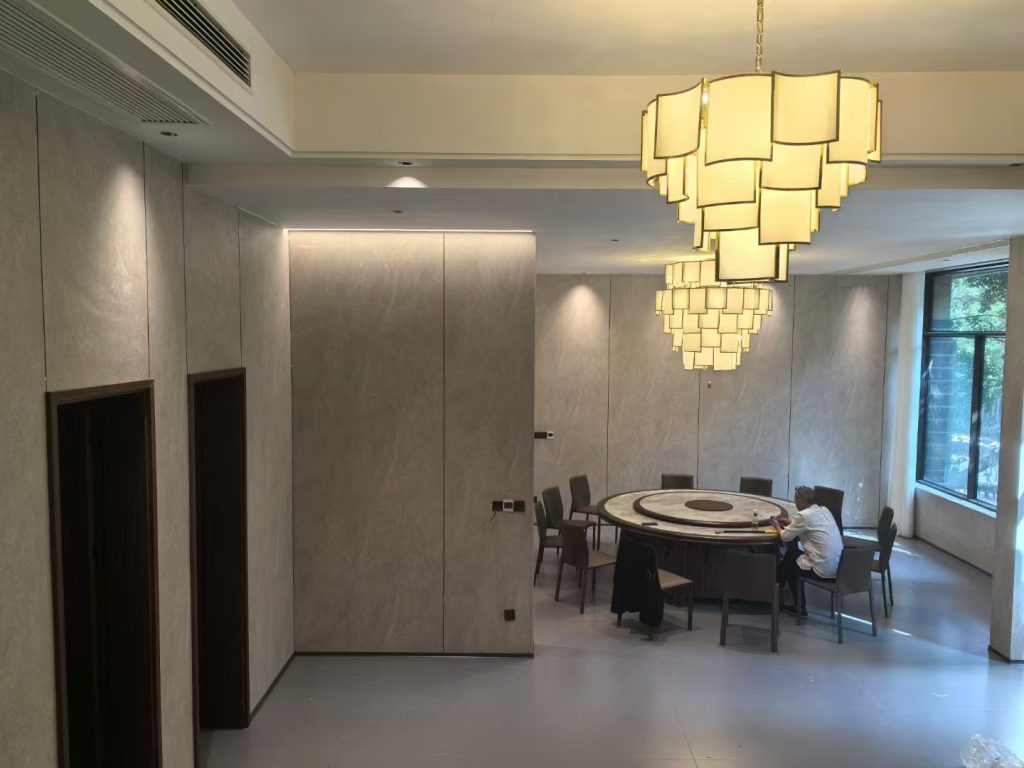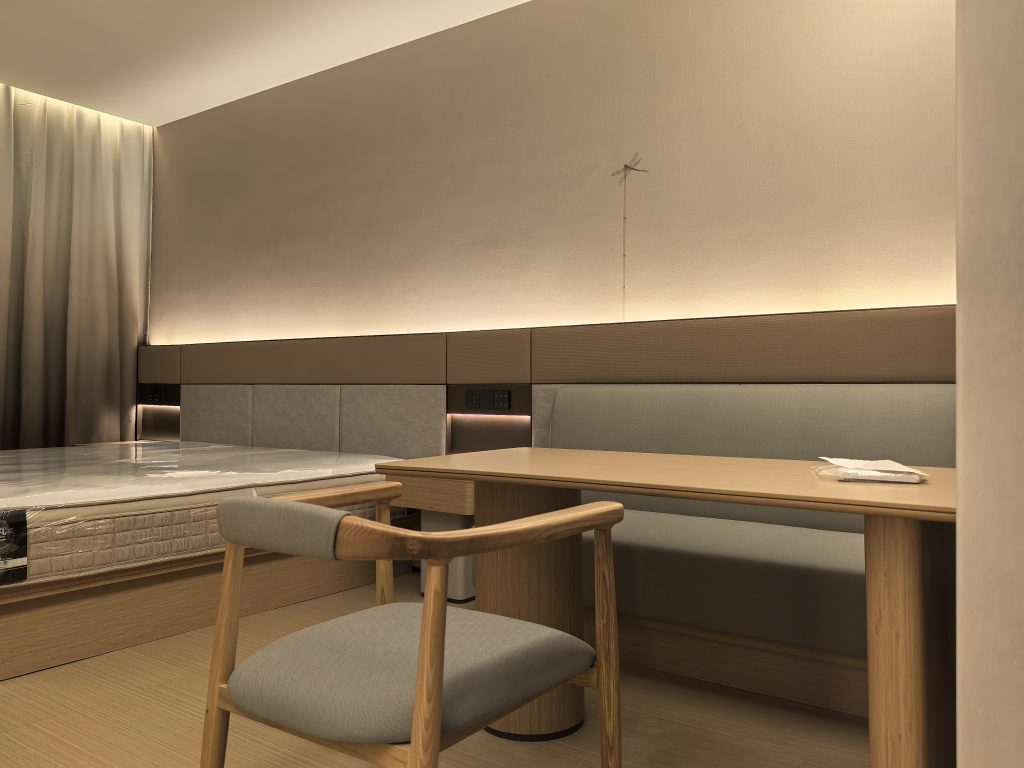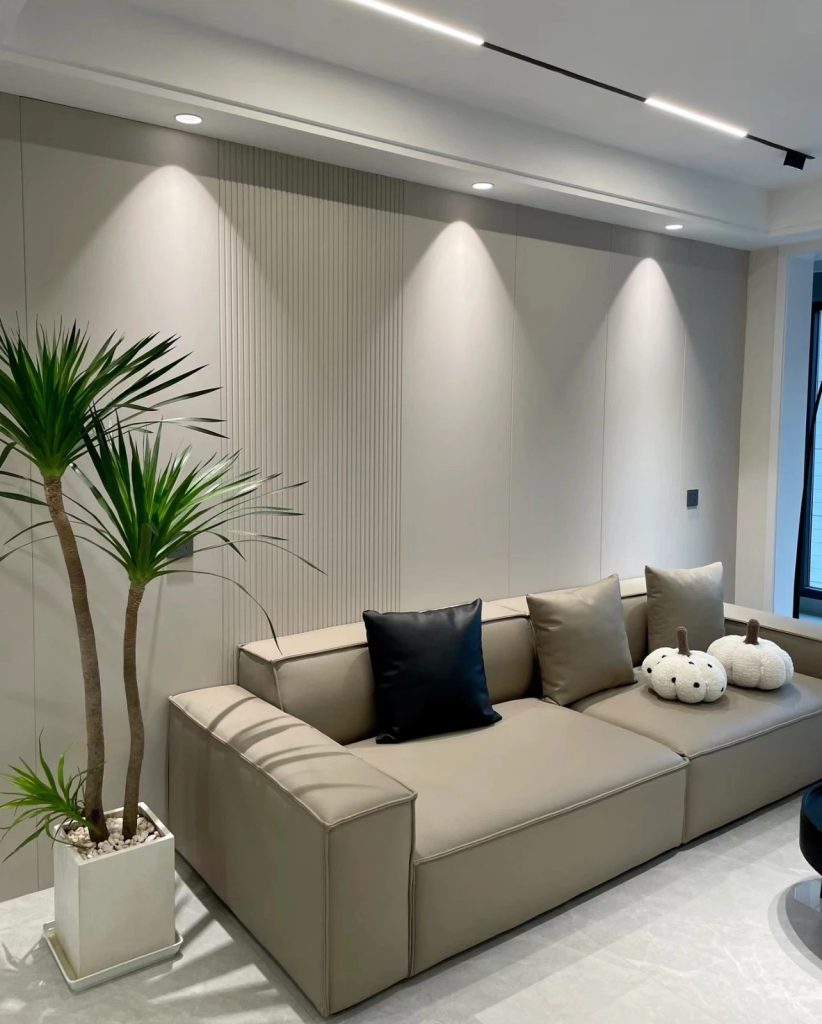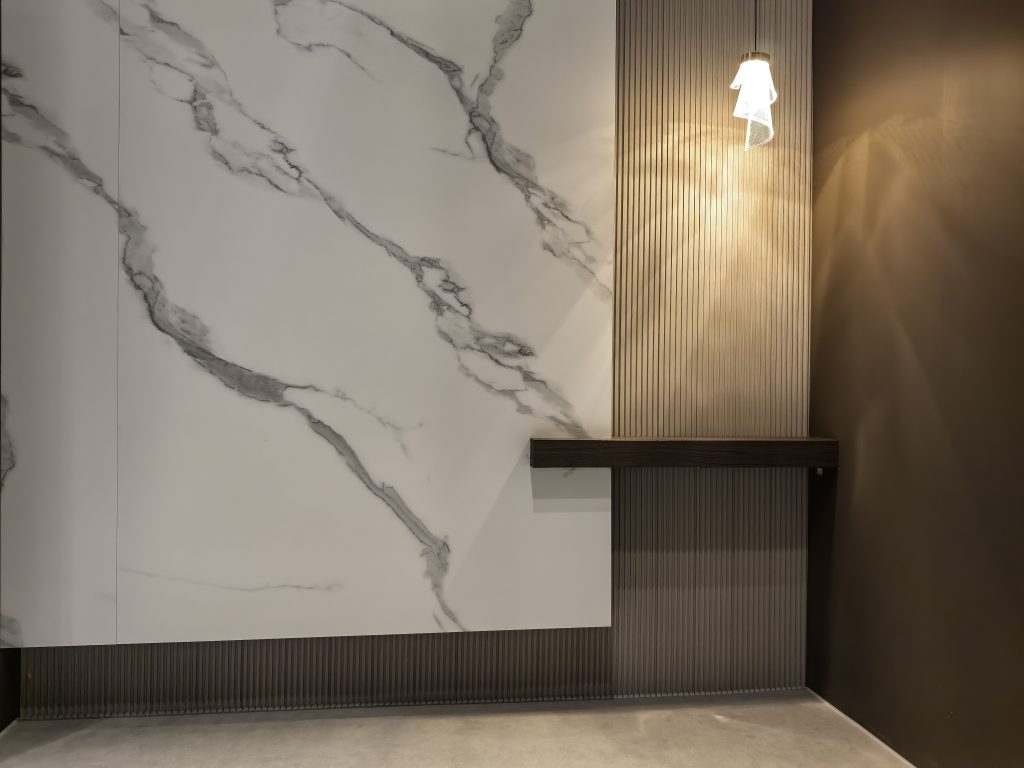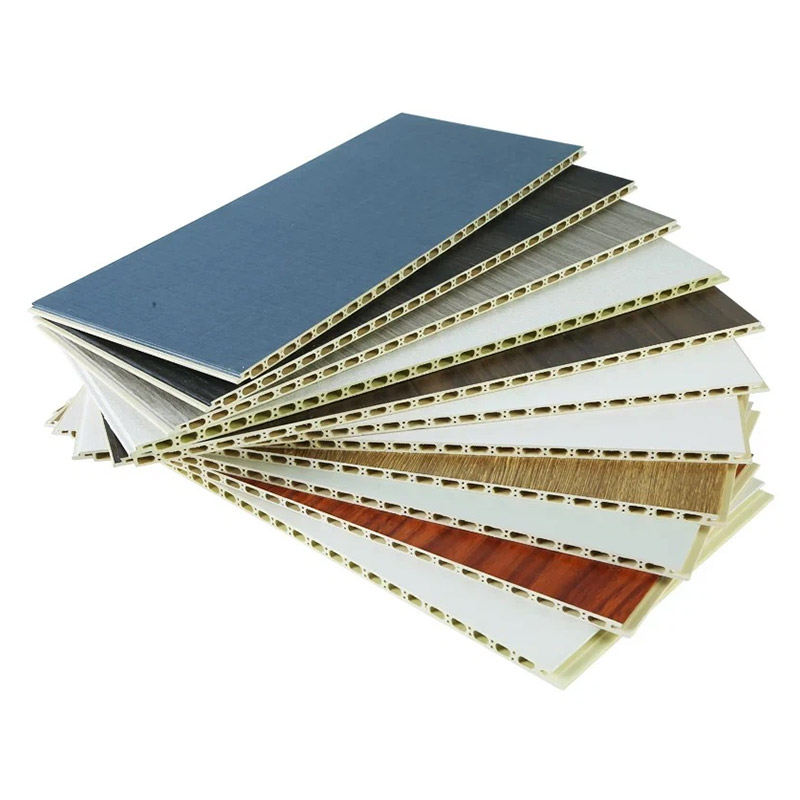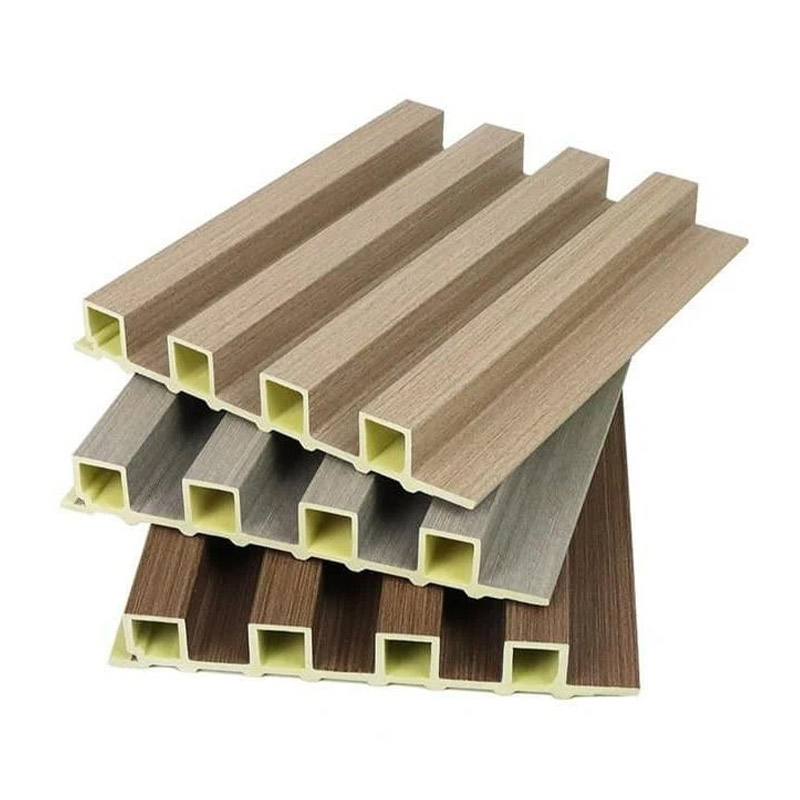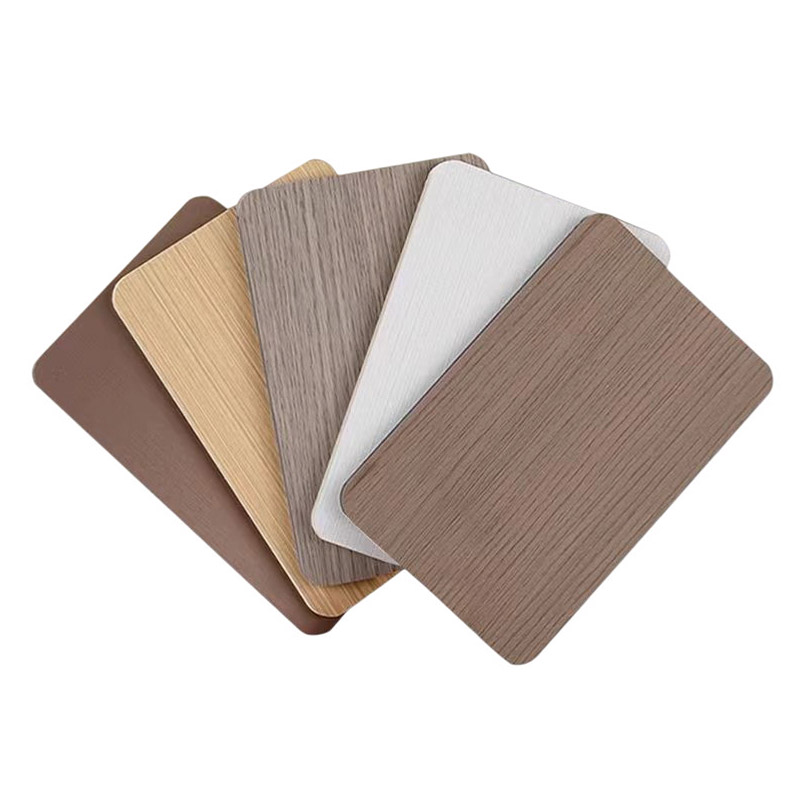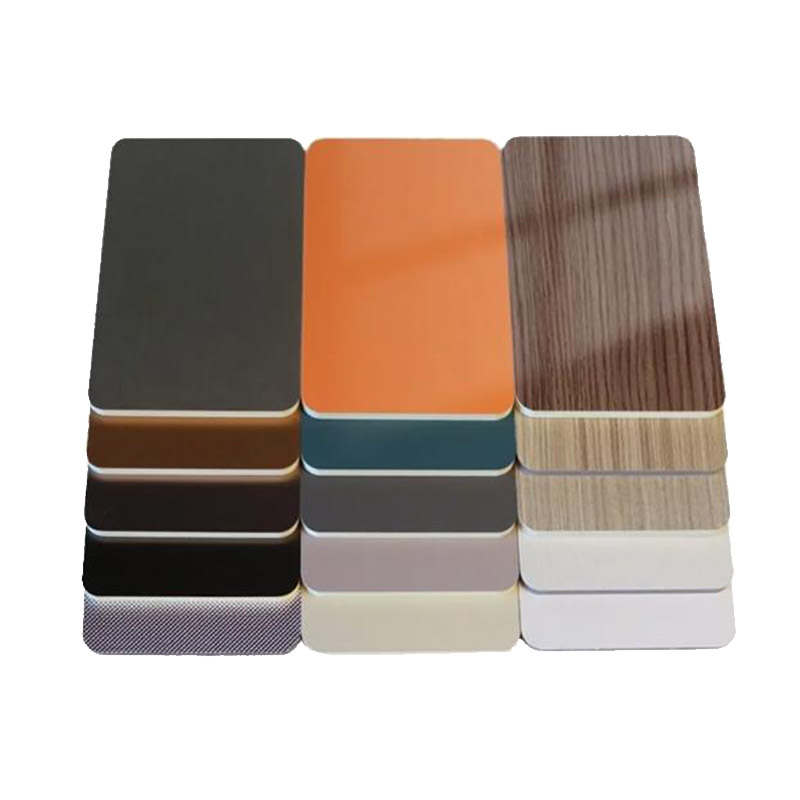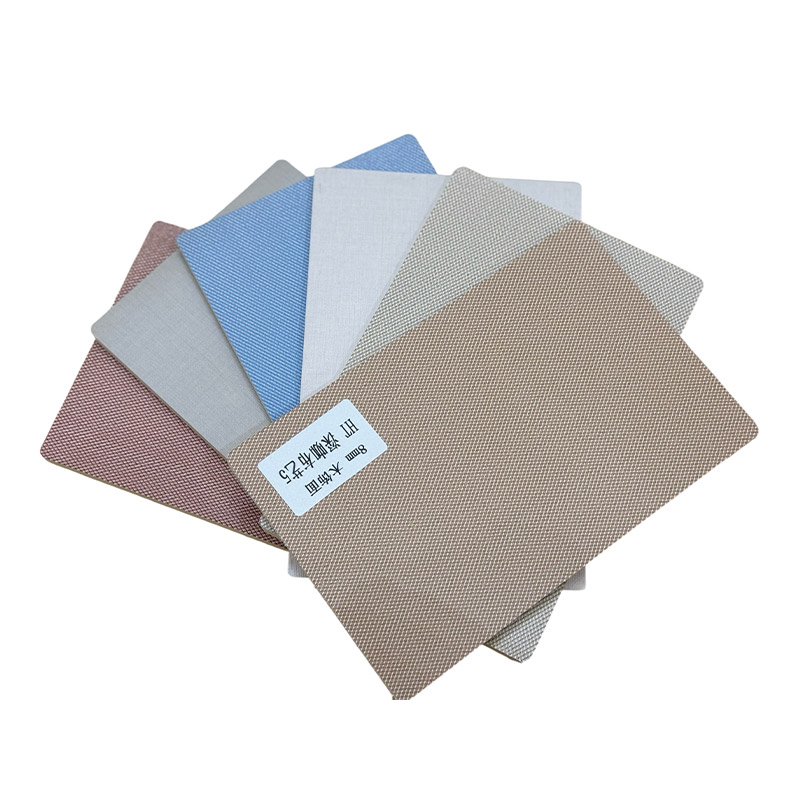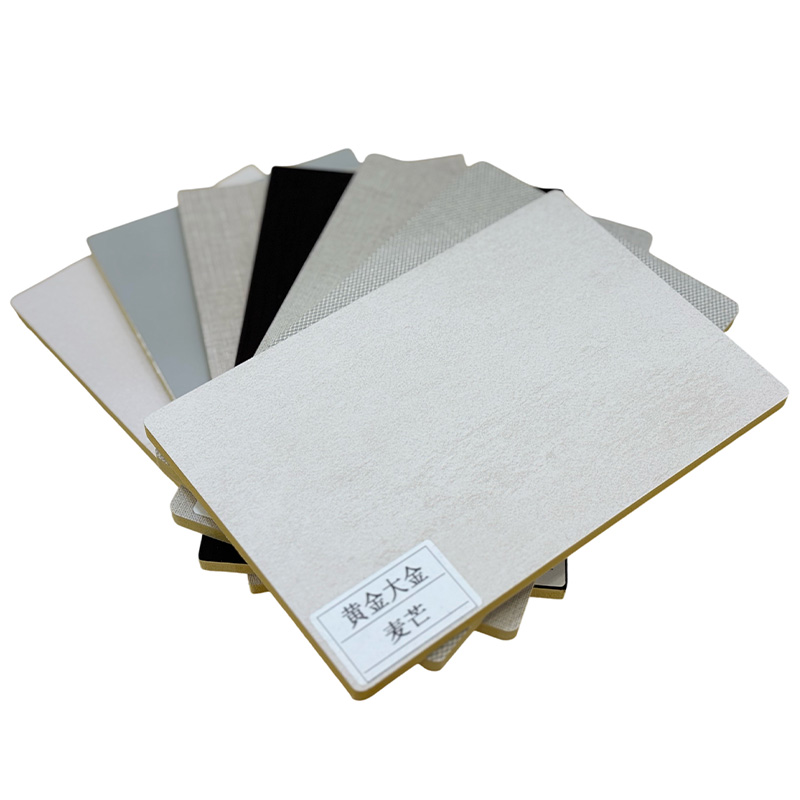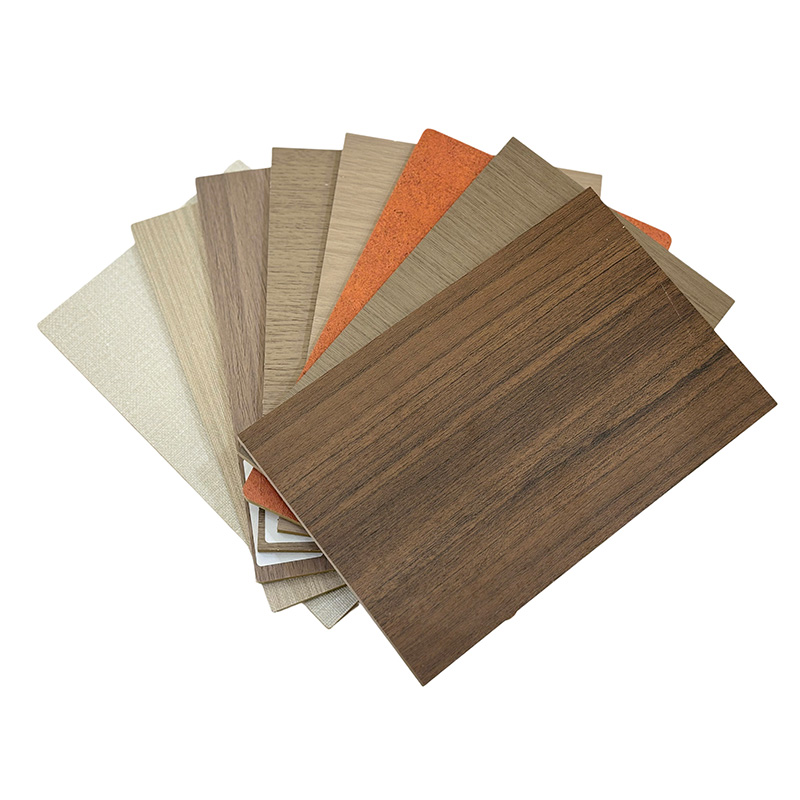What is WPC Cladding? Here are the Answers
For many builders and homeowners, WPC cladding is a design favorite. But what is meant by WPC cladding?
Table of Contents
Wood-Plastic Composites are abbreviated as WPC. WPC cladding refers to Building material that incorporates natural wood fibers together with plastic polymers using sophisticated methods of construction is called WPC Cladding. The end result is a composite material which offers the tactile appeal of timber alongside the strength associated with plastics.
The Composition of WPC Cladding
Natural wood fibers and plastic polymers make up the WPC cladding. The natural wood fibers can be derived from wood flour, bran, or even wood fibers, which provides texture and appearance resembling wood to WPC wall panels. The plastic polymers are usually HDPE, PP, PVC and others. These plastic parts ensure great durability and stability for WPC cladding. During production some additives like coupling agents, lubricants and stabilizers are added enhancing the material’s properties as well as its workability.

Steps Involved in the Production of WPC Cladding
WPC cladding is produced by processes such as extrusion molding and injection molding. Extrusion molding works with wood fibers and plastic polymers, which need to be heated then melted to a certain temperature. After heating, they can now be extruded to form claddings. For Injection moulding, injection molds are filled with the mixed materials that will cool, harden into solid shapes afterwards. For WPC wall panels, it is very important to ensure the quality and performance of application scenarios through these processes.
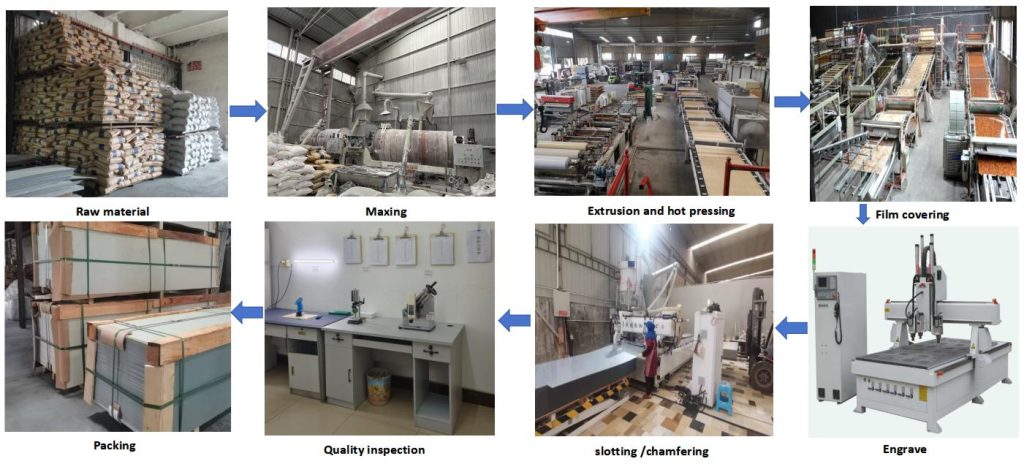
The Benefits of WPC Cladding
Outstanding Eco-Friendly Properties
WPC wall cladding is an environmentally friendly product. Its raw materials include waste plastics as well as byproducts from agriculture and forestry, including wood flour, straw, and rice husks. Such resource reclamation conserves natural forests while curbing pollution from landfills and incineration. Unlike traditional wood products, WPC does not contribute to deforestation, thereby protecting forest resources and alleviating the supply-demand contradiction of timber. The substitution of natural wood with WPC cladding saves seven point five tons of carbon dioxide per ton produced which enhances forest carbon sinks and supports achieving “dual carbon” targets.
Strong Weather and Corrosion Resistance
Outstanding weather resistance is one of the remarkable traits of WPC claddings. They do not age or fade under the sun’s UV radiation, acid or alkali exposed regions .As such, WPC shall perform well in outdoor environments resisting wind rain and sun damage without loss of structural integrity
Superior Strength and Structural Stability
WPC cladding provides strength and structural stability to wooden products. The plastic component contributes substantially to the elastic modulus, while the wood fibers improve compressive as well as bending strength of the composite material. Its surface hardness is approximately two to five times that of wood, making it scratch-resistant. WPC cladding exhibits better dimensional stability when compared to wood. It does not warp or expand/contract due to temperature and humidity changes for over25 years, while some products can exceed 50 years.
Simple Processing, Faster Installation
WPC cladding demonstrates excellent processing properties as a building material. It can be sawn, nailed (with increased holding ability), and planed using simple woodworking tools. During construction processes involving monotonous repetitive activities, make significant improvements on work efficiency by employing WPC materials.
Various Aesthetic Attributes
Texture alongside color provides diverse customization options for individual’s decorative styles through additional components or production adjustments which fulfills the demands of multiple end users seamlessly with their preferences without compromising elegance achieved from natural hardwoods coupled with plastics during manufacturing of WPC cladding
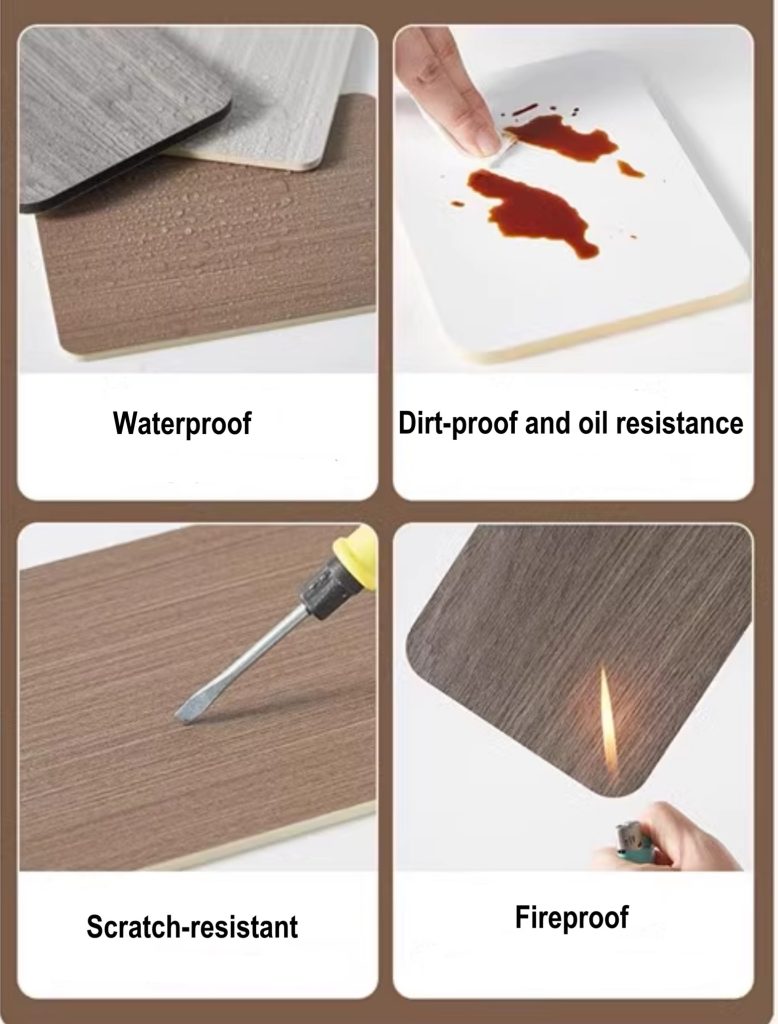
Application Fields of WPC Wall Cladding
| Application Area | Description |
| Decorative Wall Panels | WPC wall cladding are used as residential and commercial interior decorative wall panel materials. Natural appearance, imitation wood grain, rich colors, excellent sound insulation effect. Easy to install and maintain. |
| Construction Applications | Widely used as exterior wall cladding, mimicking wood or stone. Also used in corridors and sidewalks for durability and anti-slip properties. |
| Furniture Manufacturing | Used for cabinets, tables, chairs. Resistant to moisture and insects, suitable for indoor and outdoor use. Easy to process with diverse colors and textures. |
| Logistics Packaging | Used for pallets and packaging materials. High strength and durability reduce cargo damage risk. More resistant to moisture and insects than traditional wooden pallets. |
| Automotive Interiors | Used as a substrate for door panels, dashboards, seat backs. Lightweight and durable, improving thermal and acoustic insulation in vehicles. |
Conclusion
In summary, WPC cladding is an innovative material that combines the advantages of wood and plastic, offering environmental friendliness, durability, beauty, and convenience. It provides a new solution for modern construction and renovation. Choosing WPC wall cladding means choosing a greener and more sustainable future.

